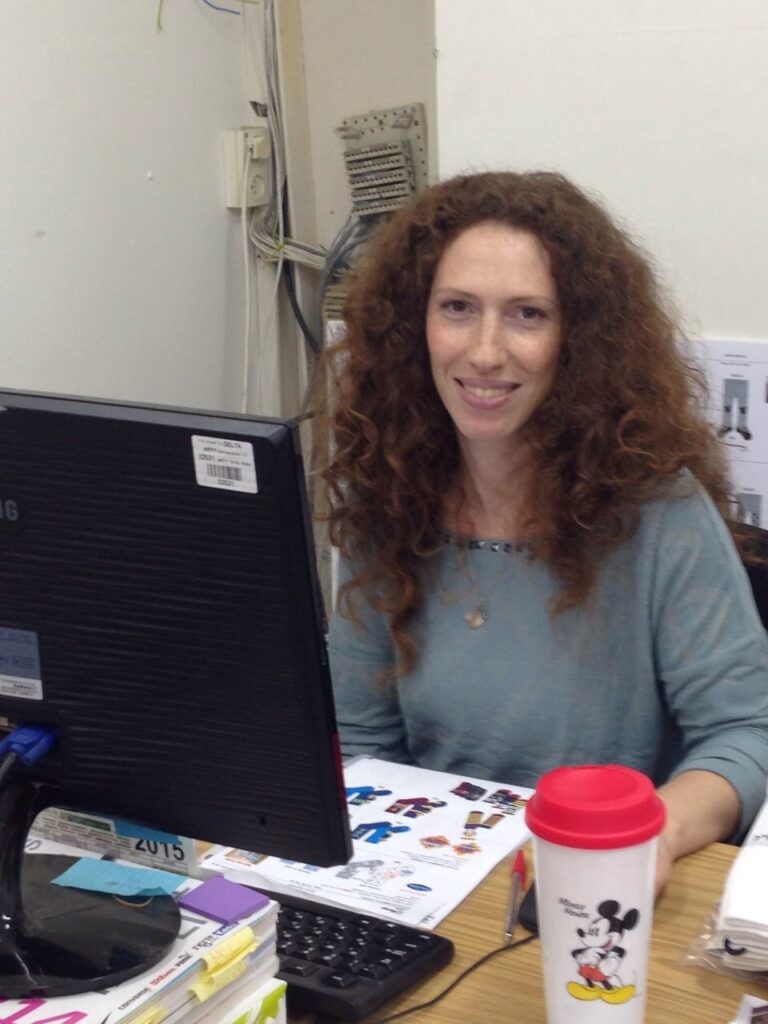For over a decade, I worked as a corporate fashion designer—a career I dreamed of when I first fell in love with the art of fashion design. The glamour of the fashion world lured me in, promising creativity, innovation, and a chance to make my mark. But as the years passed, the sheen wore off, revealing the harsh reality of fast fashion: waste, exploitation, and a devastating environmental impact.
This is my story of how I transitioned from contributing to the problem to becoming part of the solution through slow fashion.

The Reality Behind the Poly Bags
It didn’t take long for me to notice the troubling underbelly of the industry. My designs would come to life in factories halfway around the world and arrive at corporate offices or stores wrapped in poly bags—thousands upon thousands of them. These single-use bags, designed to protect garments, were discarded as soon as the clothes were unpacked and hung up. I’d see mountains of them, bound for landfills where they would sit for centuries, refusing to degrade.
At first, I told myself it was a necessary evil—a small price to pay for the production process. But when you see this kind of waste day after day, it’s impossible to ignore. It was one of the earliest seeds of doubt planted in my mind about the path I was on.
Inside the Factories: A Wake-Up Call
My role also involved communicating with factories during the development process. On one occasion, a contact sent me a photo of a sample garment taken outside the factory to showcase its color in natural lighting. The setting shocked me. The “backdrop” wasn’t a clean, organized facility but what looked like a construction site—debris, dust, and broken tools scattered everywhere. This was where people were expected to produce garments with precision and care.
I began asking myself hard questions: If the exterior looked like this, what did the interior look like? What conditions were workers enduring? And what was my role in perpetuating these circumstances? Every new detail chipped away at my initial idealism, replacing it with a growing discomfort.
The Waste Nobody Talks About
Perhaps the most harsh realization came when I learned how much waste is baked into the fast fashion system. For factories to stay profitable and for brands to maintain low costs, minimum order quantities had to be enormous—sometimes thousands of pieces per design. The result? Unsold inventory sitting in warehouses, destined for clearance sales or, worse, to be discarded.
One moment remains etched in my memory: A major brand I worked for developed a low-quality, dirt-cheap collection exclusively for “leftover inventory” sales. These garments were intentionally designed to be flimsy and inexpensive, simply to turn a quick profit. Watching the effort, resources, and labor poured into making something we all knew was destined for the trash broke my heart.
The Turning Point
After years of internal conflict, I realized I couldn’t continue down this path. I loved designing clothes—I always had—but I didn’t want my creativity to come at the cost of exploiting people or the planet. I needed to find a way to align my values with my work.
It wasn’t an easy decision. The corporate world offered stability, prestige, and a steady income. But my conscience wouldn’t let me stay. So, I walked away and began my journey toward a more sustainable, ethical approach to fashion.
Embracing Slow Fashion
Slow fashion became my refuge—a movement that champions quality over quantity, ethical practices, and sustainability. It’s about creating garments that last, valuing the people who make them, and minimizing waste at every stage.
Transitioning wasn’t easy. It required unlearning much of what I’d absorbed in my corporate years and embracing a mindset shift. I started small, collaborating with brands that shared my values, working on capsule collections, and experimenting with upcycled materials. Each step brought me closer to the realization that I could still do what I love without compromising my principles.
Lessons Learned
Looking back, my decade in fast fashion taught me some invaluable lessons that now guide my work:
- Transparency Is Non-Negotiable
Knowing where and how garments are made should be the baseline for any designer. Every project I take on now starts with this question: Does the process respect both the planet and the people? - Quality Over Quantity
Fast fashion’s obsession with volume is one of its greatest flaws. I’ve shifted my focus to designing pieces that are timeless, versatile, and durable—garments meant to be cherished, not discarded. - Advocacy Matters
Speaking out about the issues I witnessed has become an integral part of my work. Whether it’s educating clients or inspiring young designers, I want to be a voice for change.
Moving Forward
Today, I dedicate my life to sustainability. Through my design work, I aim to create clothing that not only looks beautiful but also respects the environment and uplifts the people involved in its creation. I’m driven by the belief that fashion can—and must—do better.
The journey from fast fashion to slow fashion has been one of unlearning and relearning, of letting go and embracing new possibilities. And while the road isn’t always easy, it’s one I’m proud to walk.
If you’re reading this and wondering how you can make a difference, know that every choice matters. Support brands that prioritize sustainability, ask questions about where your clothes come from, and cherish the pieces you own. Together, we can reshape the industry into one that values people and the planet as much as it values profit.
This is the future of fashion, and I’m grateful to be part of it.
Read more about my story: here.
You’re welcome to follow me on Instagram: here
